It’s a new step in a new reality for higher education: courses taught entirely in the "metaverse".
Yes, the "metaverse" is here, and it’s not (just) a video game. But what is the metaverse, exactly, and why should you care?
We explore how the metaverse can be used in higher education, with examples from some institutions already getting a head start in this new space.
Defining the metaverse
Similar to the terms "internet" or "the cloud" when they were still in their infancy, the 'metaverse' is a term still in flux, because its application itself is evolving.
Its generally used to describe how we interact with technology, with respect to:
- Augmented Reality (AR): a real-world setting, upon which technologically enhanced/augmented elements like sounds or visual images are superimposed; and
- Virtual Reality (VR): a completely virtual immersive experience of an 'alternate' world generated entirely by technology/computers.
- Mixed Reality (MR): a blend of the real world and digital elements. Think Snapchat filters as an example of this.
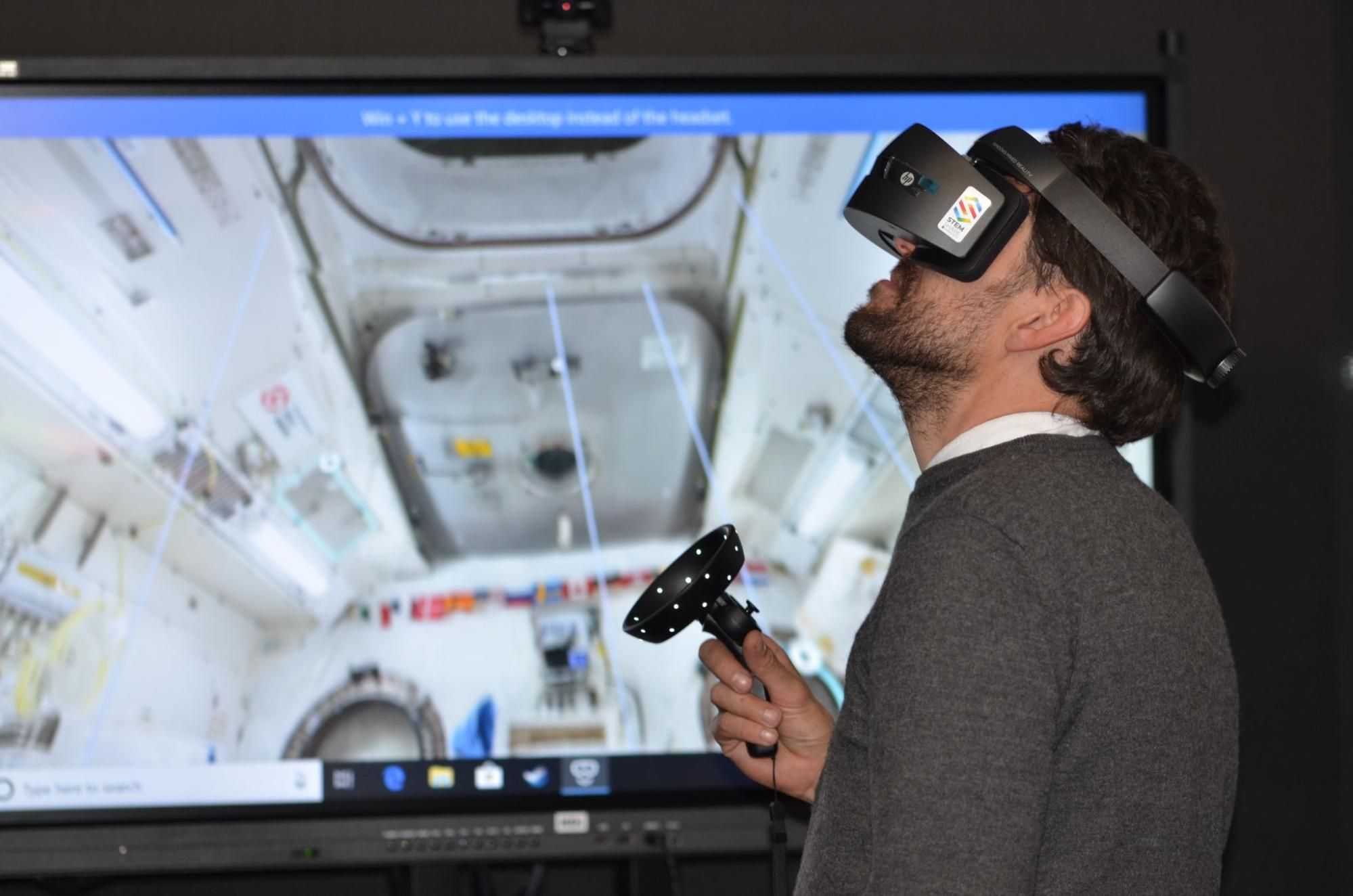
Generally, the metaverse is a blanket term encompassing extended reality (XR) experiences as a persistent virtual environment shaped by many people.
It's still confusing, though. Generally, people talk about 'the' metaverse, as if there is only a singular one, but the reality (!) is that there are multitudes of metaverses (just ask Fortnite, World of Warcraft, or Roblox players).
Lots of other technologies are also involved, and some are critical to the development of the metaverse, like blockchain and 5G.
Microsoft, Meta, and others are investing vast amounts of money into new technologies for the metaverse, and higher education is paying attention.
In fact, the global XR market size, valued at US$31 billion in 2021, is expected to rise to US$300 billion by 2024, according to KPMG.

Early pioneers of the metaverse in higher ed
From individual classes to the development of an entire "metacampus“ and future "metaversities", some universities and colleges are already making forays into this new technological landscape.
The shift from bricks-and-mortar institutions began some time ago, accelerated by the digital transformation caused by COVID-19.
Some readers will also remember the virtual classrooms of Second Life more than a decade ago (with some institutions still using this), so the concept isn't entirely new.
But it's a new leap into the metaverse, and here are some of the many universities and colleges taking their first steps into it:
- Queen Mary University of London med students have just had their first lecture in the metaverse, believed to be the first lecture in the metaverse in the UK
- Stanford University has launched a full class in the metaverse.
- Tec de Monterrey students are starting to visit the Virtual Campus through their avatars.
- University of Michigan is recreating the decommissioned Ford Nuclear Reactor in a safe, XR environment.
- MIT is developing their Electrostatic Playground, an XR environment to explore the principles of electrostatics.
- University of Glasgow is working on a dedicated XR space within their new Advanced Research Centre, garnering £1.5 million in investment to date.
- Korea Advanced Institute of Science and Technology will open a virtual campus at the Kenya-KAIST campus by 2023.
- Tsinghua University has a full 'Metaverse Cultural Laboratory' to analyze trends in the market.
- University of Bahrain recently launched their BBK Lab for Virtual and Augmented Reality for students and professors of the E-Learning Centre.
- EON Reality, a silicon valley company, is partnering with University of West Indies and Univerity of Nigeria to develop learning labs focused on XR.
Other higher education institutions are also exploring developing a Metacampus: 10 US colleges and universities have partnered with VictoryXR, with 'digital twin campuses' that students can explore.
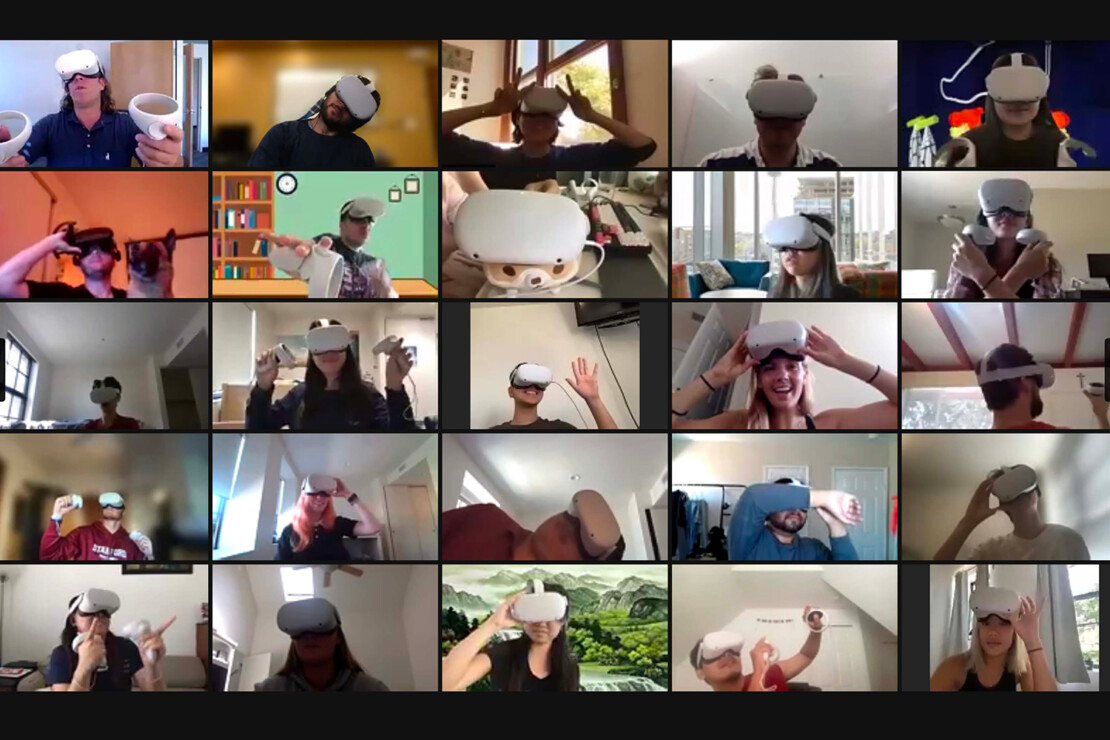
Students at Stanford University trying out headsets.
Source: Stanford University, image credit: Tobin Asher/VHIL
Is the metaverse the future for higher education?
There's no question that the pandemic sent shockwaves through education and changed the landscape for most universities and colleges in many ways, and online courses are here to stay.
It's generally seen that experiential virtual learning platforms will have a role to play in the very near future.
But does this open more questions than answers?
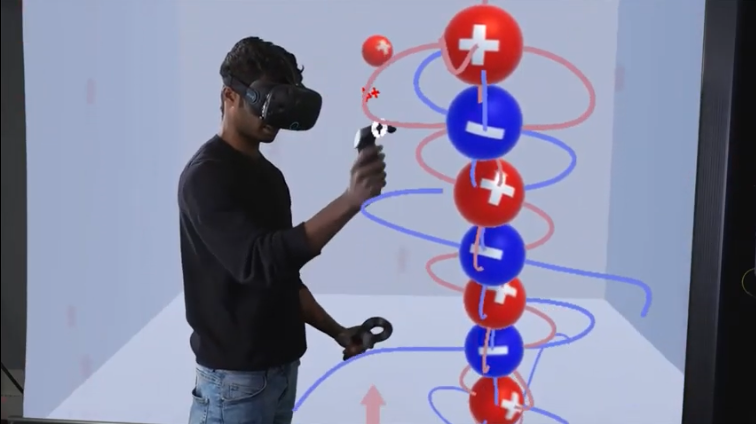
MIT's Electostatic XR Environment
Source: MIT
Potential benefits
What does XR bring to higher education?
It has the potential to be a real game-changer in how and where people learn.
For one thing, it's fully immersive, so it could allow for deeper experiential learning and make it more interactive (for example, an anatomy lesson in a biology course or a recreated moment in time in a history course).
Even more exciting is the possibility for students to make mistakes and learn in a realistic simulation, without risk, rather than learning simple theory.
Learning works better when it's not passive, and gamification learning, which has several benefits, could also be taken up a level in the metaverse.
And obviously, the metaverse offers a chance to bridge geographical distances, bringing lecturers and groups of students all together regardless of their real-world whereabouts. This could also mean reimagined, highly interactive campus tours for prospective students, for example.
Meta (formerly Facebook)'s ad for Education in the Metaverse
Done right, a big part of this is the potential for education to be democratized, allowing students anywhere to learn and be assessed in a virtual location.
It also offers more possibilities for cross-university collaboration for both academics and students, with multi-location programs and conferences. This could reduce the carbon footprint of institutions and have a positive effect on sustainability (at least, if you take servers out of the equation).
And whether or not higher education adopts XR technology, many business and industry players have already done so and this will undoubtedly grow. Businesses will be looking to hire educated graduates with experience in these new virtual environments, to respond to market conditions.
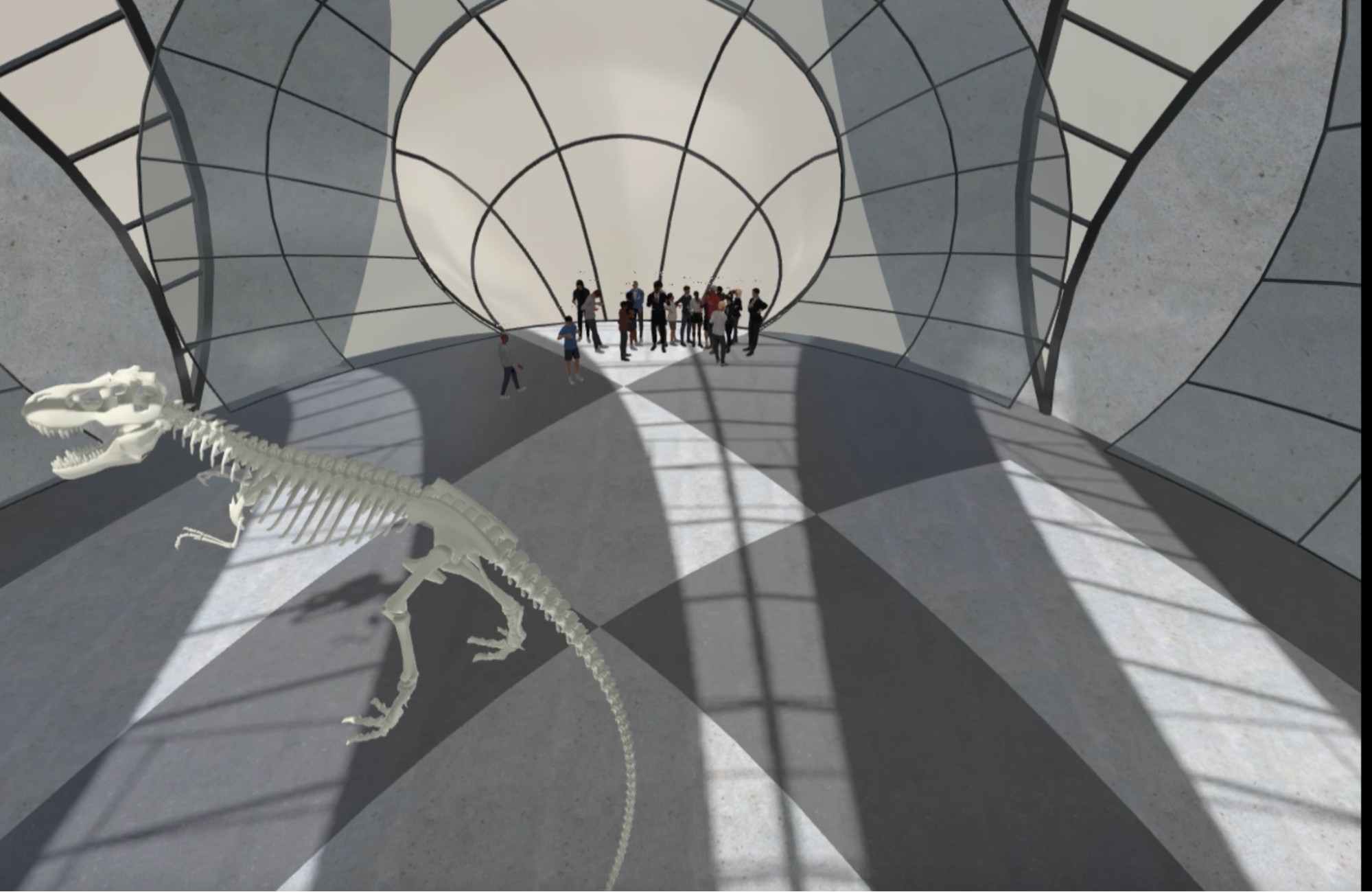
Students in Stanford's Virtual People course meet in the metaverse
and learn to navigate the virtual environment
Source: Stanford University video screenshot
Potential issues
But with opportunities come responsibilities, and no one's sure yet how the metaverse will grow and develop.
Many of the potential issues are associated with digital interactions generally and the ethics of how technology can be used.
Nir Eisikovits, Associate Professor of Philosophy and Director of the Applied Ethics Center at UMass Boston, does a great job of highlighting some of the issues that will have to be faced.
These are some of the issues raised:
- If private social media companies like Meta (formerly Facebook) own the VR platform, will this give them the power to direct learning subjects or even disallow certain topics?
- With smartphones, distractions are already hard for students and academics to control in a classroom. How will they fare with new AR and VR technologies?
- So many non-verbal cues are key to communicating with one another, and conversation and debate are at the heart of many lectures. Without the non-verbal signals, will our understanding of each other suffer?
- There's more to a university or college student experience than lectures. For many, it's about the sense of community; but how can this be replicated successfully in a VR setting?
- Will this new technology present a social-economic barrier to learning, a new "digital divide", with some people being able to 'afford' an on-campus learning experience and others only being able to learn online or in the metaverse?
There are additional issues.
For example, current VR headsets are still quite awkward, and some people can experience motion sickness from extended use, and health risks haven't been fully quantified yet.
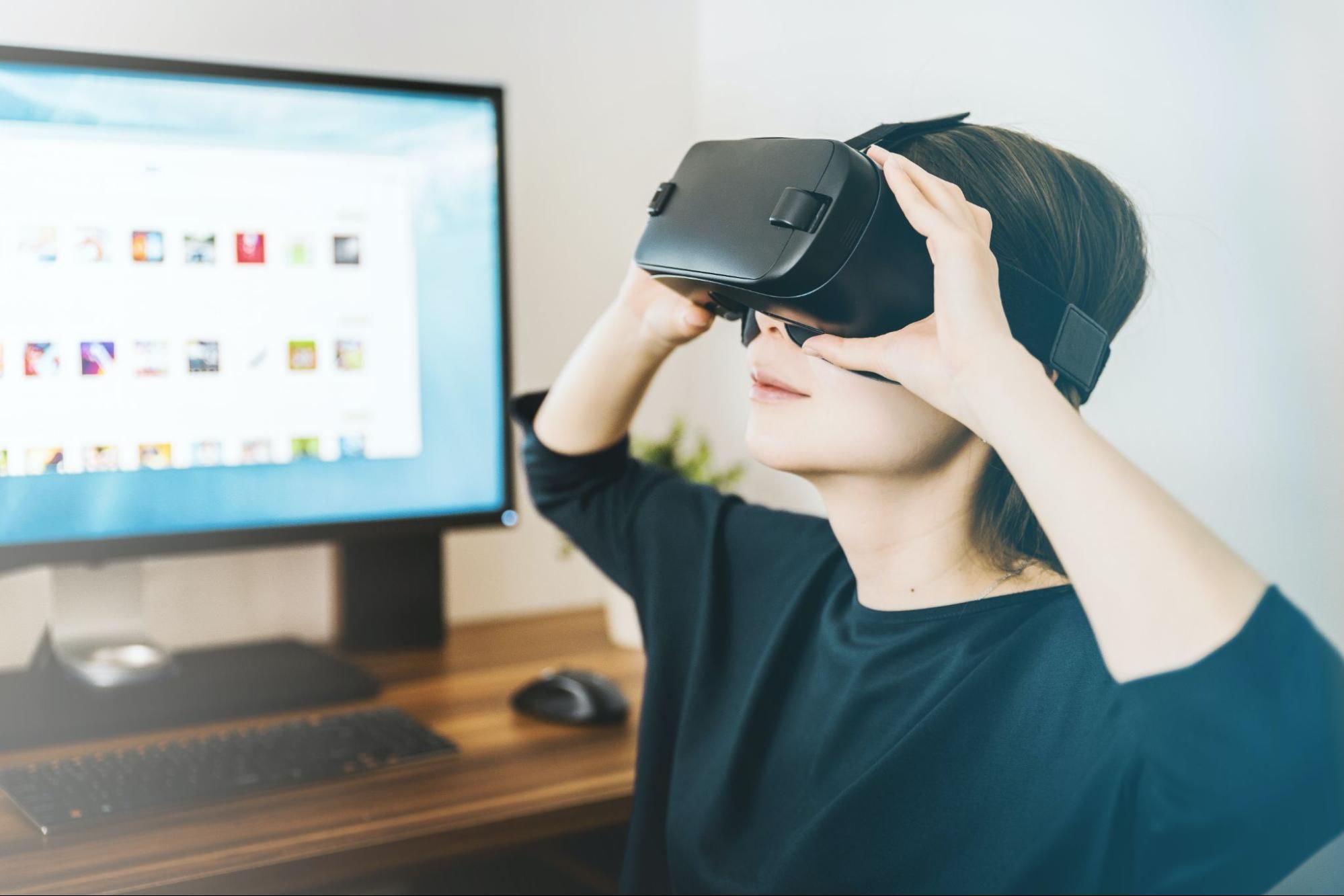
And while the technology could be very beneficial for some students, there's also an accessibility issue that will need to be considered.
Access for learners with vision or hearing impairments or those who may need special accommodation may be hindered rather than helped.
And no one yet knows what graphical XR visual style is best suited for learning.
It will also take a team of skilled staff to teach using XR with new techniques and technologies that are constantly adapting and evolving, as well as improvements to speed and bandwidth to internet connections (like 5G and Multi-access Edge Computing).
Some people are also wondering about how this space will be regulated.
Will cryptocurrencies be a part of this landscape in higher education, to pay tuition, and will this bring about potential opportunities to, say, launder money or use the technology for illegitimate reasons?
And how will data privacy be safeguarded?
And not last on the list, there may also be concerns that XR learning could also lead to more addictive behaviors in using this technology, and what the impact of extended use could be.
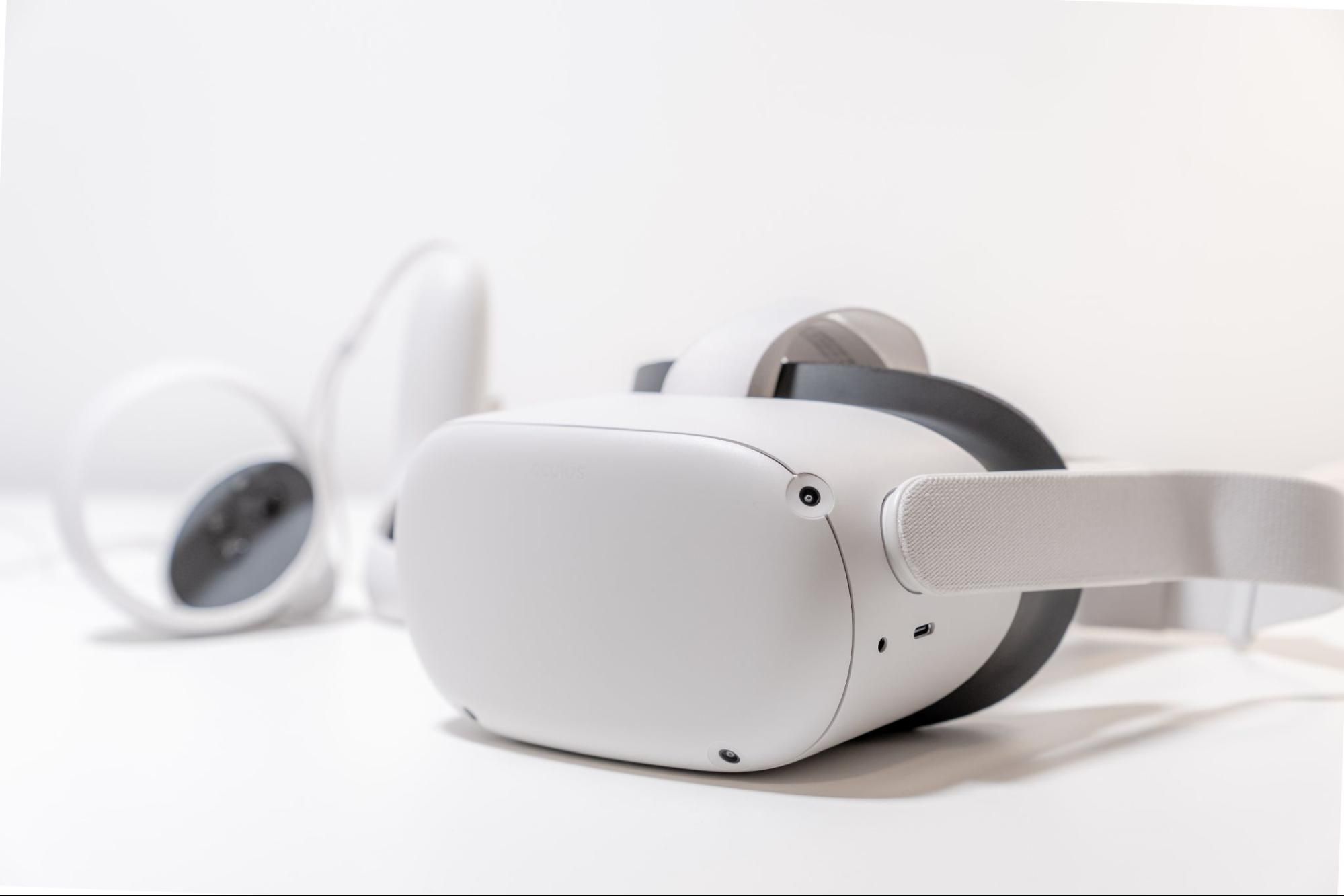
So what will the physical campus look like if the metaverse continues to evolve? It's a space that’s being written as we speak.
Studies into AR and VR are still only just beginning to surface the potential benefits and effects on a social or psychological level of this new technology. Much more research will be needed as it scales and becomes more ubiquitous.
There will undoubtedly be a plethora of choices higher education will have to make, not least of which in terms of which technology vendor to adopt and invest in.
Now is the time for scientists, academics, and developers to participate in the co-construction of this new virtual landscape and address some of the implications of using the metaverse for teaching and learning.
What we can expect, however, is that VR and AR will continue to grow as a technology and will no doubt take their place in how we learn, work, and live.
Are you considering bringing in XR to your classes? Tell us about it in the comments below or on social media.
 |
 |
 |
|---|

:format()//media/metaverse-in-higher-education-RQ.png)
